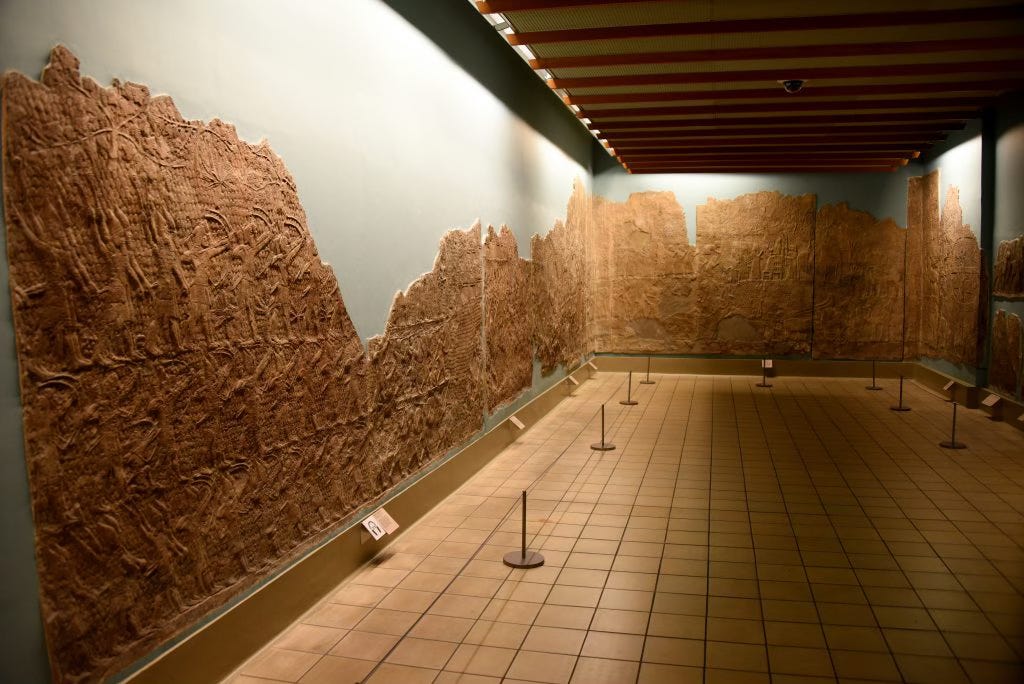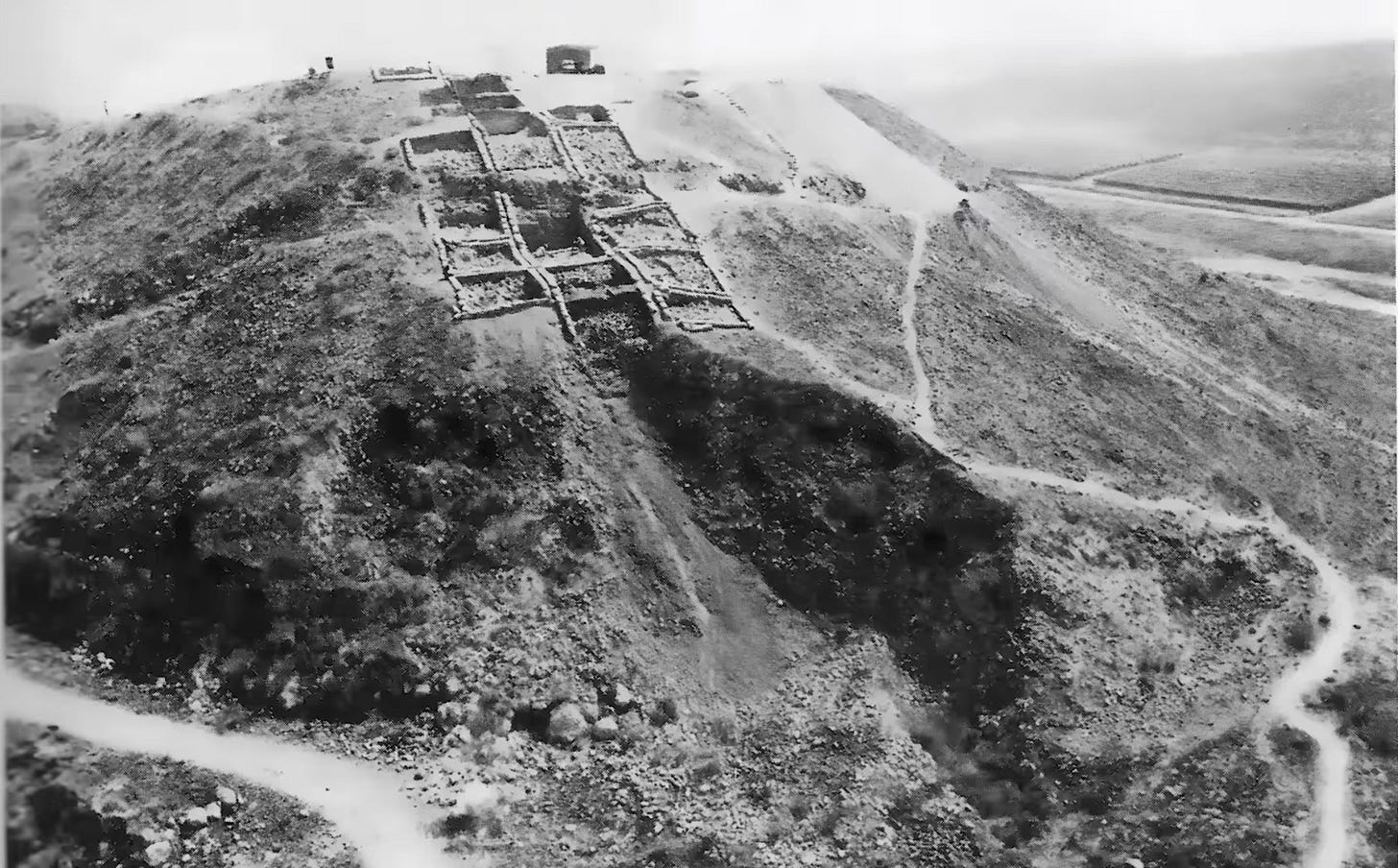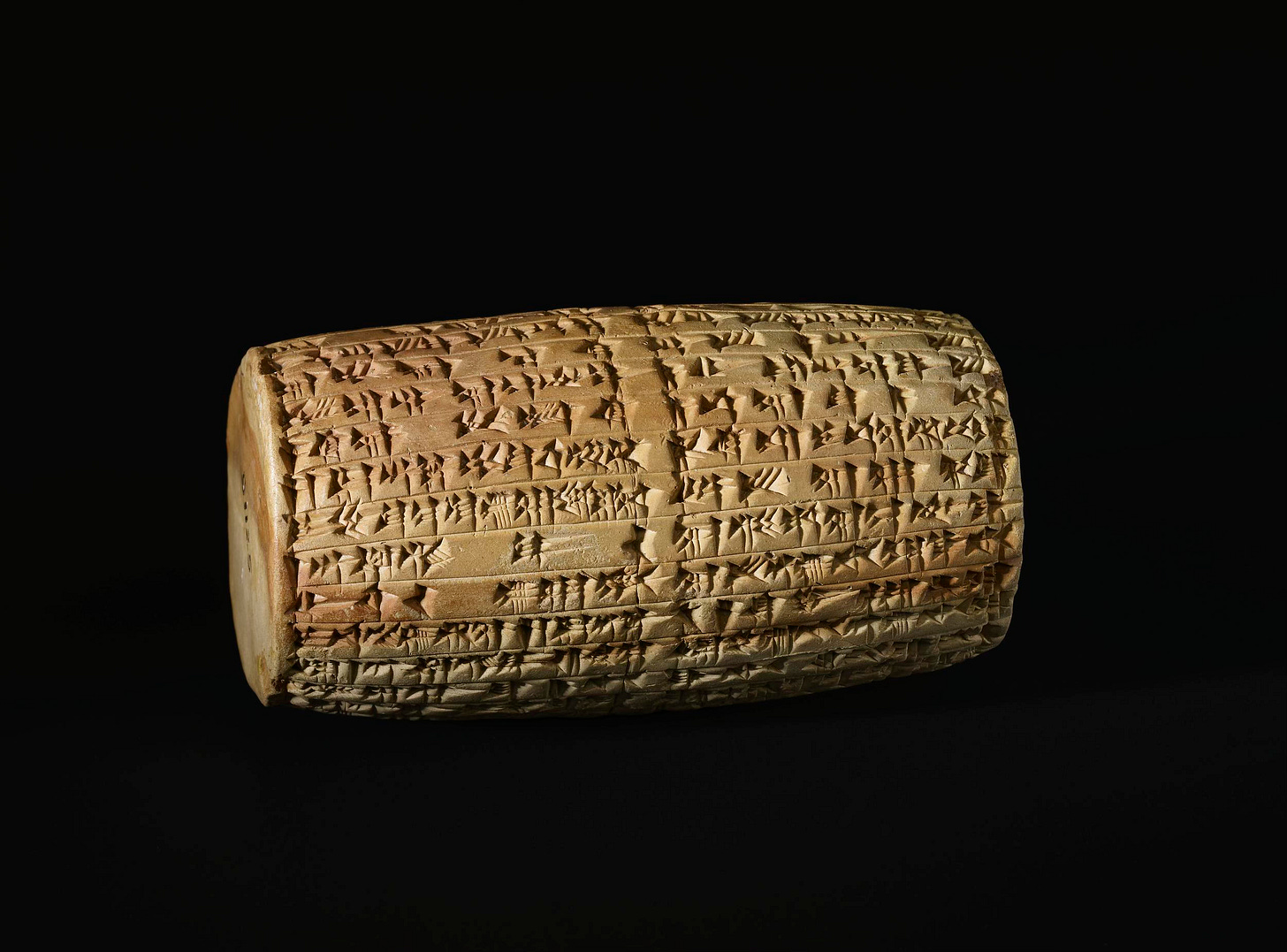In Part 1, it was observed that Biblical stories are more than just bedtime stories. Biblical events, individuals, and places have been discovered in historical artifacts and documents, revealing that our belief system is rooted in fact, not fiction or blind faith.
A key point is that the Bible aligns and rings true to historical findings. Critics who claim that the Bible is full of myths and legends must answer why the Bible consistently portrays verified persons and events. In contrast, other religious myths normally chronicle fanciful characters, not identified outside the story they appear in. Some myths may include actual locations and occasionally historical individuals, but this is not common.
Here are a few examples of the Bible and other historical sources clearly aligning together.
Sennacherib and Hezekiah
Some scholars consider the Assyrians to be the first great empire in antiquity. They are prominent within Biblical records, as seen with Jonah (Nineveh was a significant Assyrian city) and the destruction of Israel (Assyria destroyed Israel in 722 BC-2 Kings 17), and they feature in many of Isaiah’s prophecies. There are multiple parallels between Biblical and Assyrian accounts, such as the annals of King Tiglath-Pileser III confirming that he invaded Israel, that King Pekah was murdered, and Hoshea was then placed on the throne of Israel (2 Kings 15:29-30 & Tiglath-Pileser’s Annals). Omri, Ahab, and Jehu have also been found in Assyrian records.
Perhaps the greatest historical connection between the Bible and Assyria is when Assyria invaded Judah in 701 BC. It would take multiple pages to draw out the details fully, but archaeology and numerous historical documents have verified the Biblical report. For example, 2 Kings 20:20 & 2 Chronicles 32:30 mention King Hezekiah’s endeavor to strengthen and safeguard Jerusalem’s water supply. The result was a tunnel cut through rock, 1/3 of a mile long, which you can visit and walk through today. (I know of an atheist that came to believe in the Bible because of this remarkable find).
The invasion can be read in 2 Kings 18-19, 2 Chronicles 32, Isaiah 36-37, and Sennacherib’s Prism (Taylor Prism). All agree that King Sennacherib of Assyria conquered most of Judah and that King Hezekiah was distraught at the situation.
When Nineveh was discovered in 1847, British archaeologist Austen Henry Layard unearthed a large palace. It was unknown who had built this palace, but one room was filled with depictions and carvings of the Assyrians attacking a city and conquering it. In short, it was discovered that one inscription reads, “Sennacherib the mighty king, king of the country of Assyria, sitting on the throne of judgment, at the entrance of Lachish. I give permission for its slaughter.” Thus, this room was full of depictions of a Biblical event!
Lachish was the second most important city in Judah, however, it was conquered and became Sennacherib’s command post during the invasion (2 Chron. 32:9 & Is. 36:2). Furthermore, archaeological digs at the very scene of Lachish verify both the Biblical and Assyrian descriptions of the attack.
Both sides report that Sennacherib had Hezekiah trapped inside Jerusalem, but the Assyrians departed without conquering Jerusalem or capturing the Judean king. Sennecherib’s Prism declares the invasion a victory, but the Bible records that the Assyrian’s departure was due to the miraculous death of their army. Although the end results are slightly different, both accounts are in close agreement overall. The Bible and other Assyrian annals further describe the assassination of Sennacherib at the hands of his sons, with the youngest son Esarhaddon, a non-conspirator, becoming the next king.
The parallels between the Bible and Assyria are rich with confirmation that these events occurred, demonstrating the consistency of the Bible’s historical data.
Nabonidus and Belshazzar
Belshazzar (Dan. 5:1) is remembered for giving a great banquet to honor his false gods, in so doing he used the sacred vessels from the Jewish Temple. However, that night he was judged by God and found guilty.
The Book of Daniel depicts Belshazzar as the last king of Babylon before the Persians attacked and conquered the city. However, critics of Scripture identified Belshazzar as “pure fiction” (Lengerke, 1835), arguing that Nabonidus was the last king of Babylon. Therefore, Belshazzar was an invented character and the Bible could not be trusted.
Unfortunately for the skeptics, they have been proven wrong again. Multiple inscriptions have been uncovered to not only substantiate Belshazzar’s existence but reveal Nabonidus proclaiming his son ‘Belshazzar’ as the co-regent in Babylon. Belshazzar is depicted in Babylonian sources as royalty and in kingly functions, this detail corresponds to the Bible when he offered Daniel the third highest position in the land (Dan. 5:7), as the first (Nabonidus) and second (Belshazzar) positions were already filled.
There are at least 38 texts which attest to Belshazzar’s existence and kingship. That is pretty good for being pure fiction.
In Conclusion,
I have provided a handful of examples that demonstrate the reliability of the Bible. Critics can nitpick, or even run to other Biblical passages in an attempt to prove the Bible as faulty, however, each accusation I have come across is weak or fails entirely to show the Bible’s inaccuracy (don’t get me started on the camel issue in Genesis). You may need to dig a little bit, but the Bible has shown Itself time and time again to be truthful and faithful, thus, there is no need to fear the ‘professionals’ who try to discredit Scripture.
Recommendations from the previous post:
Titus Kennedy’s Biblical archaeology books: These are the best books for an introduction to the topic of Biblical archaeology. Each artifact has 1-2 pages with descriptions, dates, and significance.
Geisler and Holden: Popular Handbook of Biblical Archaeology. This is for the deeper end of the pool, a heavy-hitting book that dives into the facts and technical issues of Biblical archaeology.
J Randall Price’s Biblical archaeology books: a great archaeologist and easy-to-read author.
YouTube channel: Expedition Bible. Wonderful videos and explanations of how the Bible can be historical. (https://www.youtube.com/@ExpeditionBible/videos)
Podcast: Cold-Case Christianity. Host J. Warner Wallace was a homicide detective who converted to Christianity due to the evidence and facts of the Bible. He uses investigative tools to analyze Scripture and explain Its reliability and truthfulness.
New source: https://biblearchaeologyreport.com/2024/01/19/belshazzar-an-archaeological-biography/ This is a great website dealing with current archeological news and has numerous articles supporting the evidence of Scripture.
Other blogs worth your time,











☝🏼🗡️